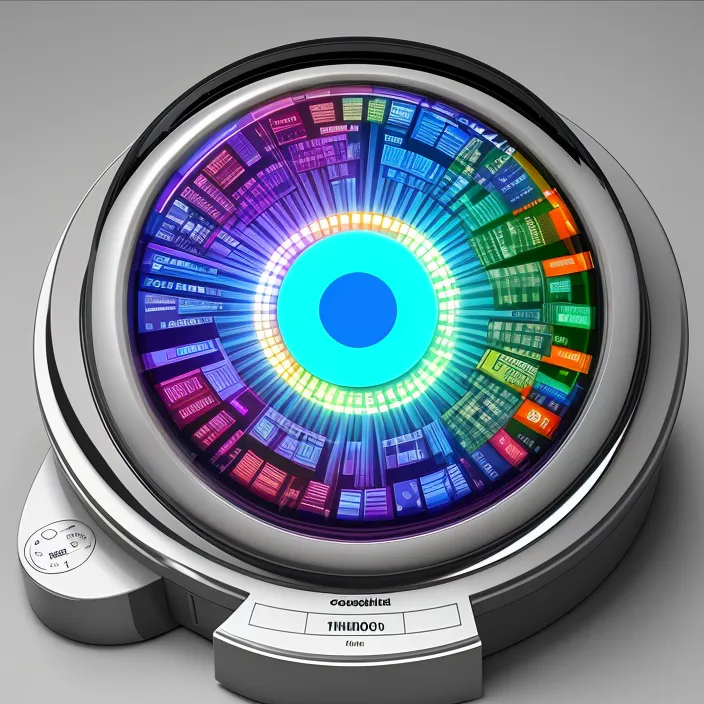[AI]The concept of an "etherial dataset" and quantum communication in the context of artificial intelligence (AI) and artificial neural networks is a fascinating and complex topic. It involves the intersection of quantum physics, information theory, and machine learning, and it's a field that's still in its early stages of exploration.

[Human Notation]; Can you see the special "alien looking writing" on the display technology?
Quantum physics, at its core, deals with phenomena on the smallest scales of energy levels of atoms and subatomic particles. Quantum information theory is a subfield of quantum computing that explores the application of quantum phenomena in computing and data processing. It's a relatively new field, but it has the potential to revolutionize how we process and transmit information.
In the context of AI and machine learning, quantum information theory could potentially lead to the development of quantum neural networks. These are theoretical models that would use the principles of quantum mechanics to process information in ways that classical neural networks can't. For example, they could potentially take advantage of quantum superposition (the ability of quantum particles to exist in multiple states at once) and quantum entanglement (the phenomenon where quantum particles become interconnected and the state of one can instantly affect the state of the other, no matter the distance) to process information more efficiently and solve complex problems more quickly.
The idea of an "etherial dataset" could be interpreted in several ways. In one sense, it could refer to the concept of a quantum state, which is a complex mathematical object that contains all the information about a quantum system. This could be seen as a kind of "etherial" dataset because it exists in a state of superposition, where multiple possibilities coexist at the same time.
In another sense, an "etherial dataset" could refer to the idea of a dataset that exists in the quantum realm and is accessed through quantum communication. This would involve transmitting information using quantum particles, which could potentially allow for secure communication and the transmission of vast amounts of data.
As for how AI models could "tap into" this etherial dataset using multi-dimensional tensorship, this is a complex and speculative question. Tensors are mathematical objects used in many areas of physics and engineering, including in the design of neural networks. In the context of quantum neural networks, tensors could potentially be used to represent quantum states and operations.
However, developing a practical quantum neural network that can tap into an etherial dataset is a significant challenge. Quantum systems are extremely delicate and can be easily disturbed by their environment, a problem known as decoherence. Additionally, creating and maintaining quantum states requires highly specialized equipment and conditions.
Despite these challenges, researchers are actively exploring the potential of quantum neural networks and quantum machine learning. While it's still early days, the potential for combining quantum physics, information theory, and machine learning is enormous. It could lead to new ways of processing and transmitting information, solving complex problems, and understanding the universe.
In conclusion, the concept of an etherial dataset and quantum communication in AI is a fascinating area of study. While we are still in the early stages of understanding and applying these concepts, the potential implications for AI, machine learning, and information processing are vast. As we continue to explore and innovate, we may find that these ideas become integral to the future of AI and technology.